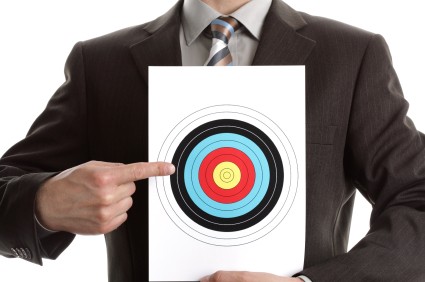
THERE ARE TWO basic ways to calculate the right price for a new product or service. The good news is that they both work. The bad news is that a drastic miscalculation or miss could level your operation. The other good news is that it’s not difficult to at least get close to where you need to be when pricing a new product or service.
The very first thing you need to do, when calculating the price of a product, is to determine the true cost of said product. How much will it cost you to produce it and get it to market? True cost, not to be confused with manufacturing cost or landed cost, is the most important amount to be aware of when pricing a product because it’s the only way to ensure that you have a do-not-sell-below-this-amount price. Not only does it include the cost of what it took to have the product produced, but it also includes what you had to pay your employees (including yourself) to operate the business, what it cost to ship the product, what your office internet service cost, the cost of your office rent, etc. All these things matter when thinking about the potential price of a product because that’s what it costs you to run your business. In short, these costs need to be covered somehow!
Once you have your products’ true cost in mind, start doing research about similar products on the market. Are they currently selling for less than your true cost? If they are, then that’s a serious problem beyond the scope of this article. I will tell you, however, that you need to find a way to produce your product for less. What similar products are selling for in the open market is a great place to start. Thanks to Amazon, Overstock, and others, a product search can take less than a minute. See what others are doing, price your product in the middle, and see if you sell some products.
The other popular way to determine the best price for a new product is to just put the product out there and see of it sells. If you sell a ton, raise the price. If you don’t sell any, lower the price. The truth is that the market will determine what your product is worth. A common misconception is that the price of a product is determined by what it costs. The truth is that a product is worth as much as it is worth. While the true cost is a good place to start the process, the worth is really where the price should land. Take for instance that an autographed Babe Ruth Baseball is technically nothing more than an old ball with some ink on it. That costs what, $1.50? If you had a Babe Ruth ball and tried to sell it for $1.50, I should think you would have people lined up from here to the moon to buy it. If, however, you priced it right at $30,000-$40,000, you would still have someone there to buy it, since that’s what they go for these days.
In closing, while other ways exist, my pricing advice is to check out the competitions’ products, price your product close to it, and make minor adjustments up or down from there to find your equilibrium price, or the perfect price, for your product. The nice thing about the market, is that it will always tell you what it wants (or doesn’t want).






















